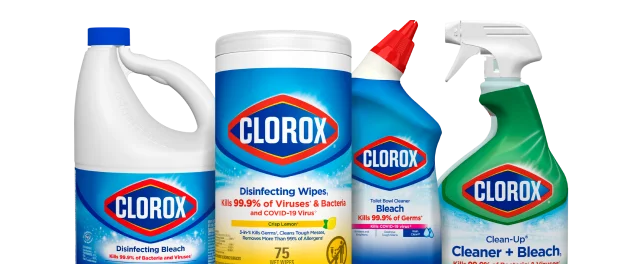How to Kill MRSA on Surfaces With Bleach

What is MRSA and how is it spread? Learn MRSA facts including how to use a disinfecting bleach solution to kill MRSA bacteria on surfaces to avoid spreading.
Facts About MRSA Bacteria
What is MRSA and how is it spread?
According to the Centers for Disease Control and Prevention (CDC), most MRSA, or methicillin-resistant Staphylococcus aureus, infections acquired in the community are skin infections that may appear as pustules or boils that are often red, swollen and painful, or have pus or other drainage. These skin infections commonly occur where there are cuts or abrasions, and on areas of the body covered by hair.
Although serious MRSA disease is still predominantly related to exposures in hospital or health care settings, infections outside health care settings are increasing.
MRSA is usually transmitted by direct skin-to-skin contact or contact with shared items or surfaces that have come into contact with someone else’s infection (e.g., dirty towels, used bandages). Therefore, practicing both good personal hygiene and disinfection of items and surfaces are important in prevention of the spread of MRSA.
Hygiene in the School Environment
The CDC has made recommendations for good hygiene in schools to help prevent the spread of MRSA:
- Scrub Up — Keep your hands clean by washing with soap and water or using an alcohol-based hand sanitizer. Shower immediately after exercising.
- Cover Your Cuts — Cover skin trauma such as abrasions or cuts with a clean dry bandage until healed.
- Keep It to Yourself — Avoid sharing personal items that come into contact with bare skin (razors, towels). Use a barrier (e.g., clothing or a towel) between your skin and shared equipment such as weight-training benches.
- Wipe It Down — Use a disinfecting bleach solution made with Clorox® Disinfecting Bleach to wipe down and disinfect hard, non-porous surfaces. Make sure to use clean cloths to avoid spreading MRSA from one surface to another.
Environmental Disinfection in Schools
To help reduce the transmission of MRSA from uncovered or poorly covered skin infections, CDC recommends cleaning and disinfecting surfaces that are likely to come in contact with skin. It recommends the use of detergent-based cleaners or Environmental Protection Agency (EPA)-registered disinfectants. Always read and follow precautions and usage directions before using cleaning products. Store cleaning products out of the reach of children.
Always remember, it is important to read and follow the label instructions on all cleaners to make sure they are used safely and appropriately. Environmental cleaners and disinfectants should not be used to treat infections. The EPA provides a list of EPA-registered products effective against MRSA.
For additional information about bleach learn more here.
References
CDC, “Questions and Answers about Methicillin-Resistant Staphylococcus aureus (MRSA) in Schools”, https://www.cdc.gov/mrsa/community/index.html/
Kleven RM et al, 2007 Invasive Methicillin-Resistant Staphylococcus aureus Infections in the United States. JAMA 298(15):1763-1771



